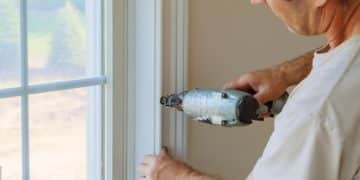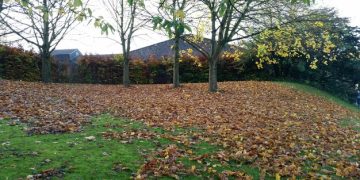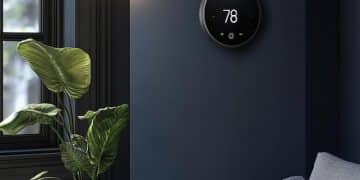Insulation Gaps: Are They Costing You Money? Find Out Now!

Discover how insulation gaps can lead to significant energy losses and higher utility bills, and learn practical steps to identify and fix them before winter arrives, ensuring a more energy-efficient and comfortable home.
Is your energy bill higher than it should be? You may be unknowingly losing money due to inadequate insulation. Let’s explore, Is Your Insulation Costing You Money? How to Identify and Fix Insulation Gaps Before Winter, ensuring a warmer home and lower energy bills.
Is Your Home Insulation Up to Snuff?
Many homeowners overlook the importance of proper insulation, but it plays a crucial role in maintaining a comfortable indoor temperature and reducing energy consumption. Old, damaged, or improperly installed insulation can lead to significant heat loss during winter and unwanted heat gain during summer.
Understanding the basics of insulation and how it works is the first step toward identifying potential problems in your home. Let’s delve into the common types of insulation and their effectiveness.
Types of Insulation
Different materials offer varying levels of insulation. Here’s a quick overview:
- Fiberglass: A common and cost-effective option, available in batts and rolls.
- Cellulose: Made from recycled paper, it’s an eco-friendly choice often blown into attics and walls.
- Spray Foam: Offers excellent air sealing, expanding to fill gaps and cracks.
- Mineral Wool: Made from rock or slag, it’s fire-resistant and provides good insulation.
Each type has its pros and cons, so consider your specific needs and budget when choosing insulation for your home. The R-value, a measure of thermal resistance, indicates how well a material insulates. Higher R-values mean better insulation.
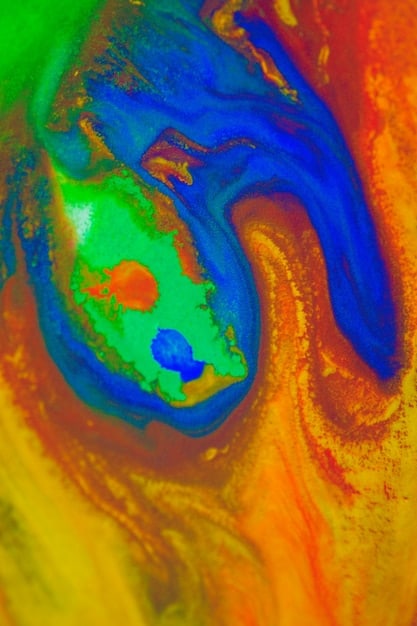
Locating Insulation Gaps: Where’s the Heat Escaping?
Identifying insulation gaps is crucial for improving your home’s energy efficiency. Common areas for heat loss include attics, basements, walls, and around windows and doors. These areas often have hidden gaps that can significantly impact your heating and cooling costs.
Taking a proactive approach to locating these gaps can save you money and enhance your home’s comfort. Let’s look at some methods to pinpoint these problem areas.
DIY Inspection Techniques
You can conduct a basic inspection yourself with a few simple tools:
- Visual Inspection: Look for areas where insulation is missing, damaged, or compressed, particularly in attics and basements.
- The Hand Test: On a cold day, hold your hand near windows, doors, and walls. If you feel a draft, there’s likely an air leak.
- Incense or Smoke Test: Light an incense stick or use a smoke pen near windows and doors to see if the smoke wavers, indicating a draft.
These methods provide a starting point for identifying potential insulation gaps. For a more thorough assessment, consider a professional energy audit.
Regular visual inspections and simple tests can help you identify and address insulation gaps, improving your home’s energy efficiency.
Professional Energy Audits: A Deeper Dive
While DIY methods are helpful, a professional energy audit offers a comprehensive assessment of your home’s energy performance. Certified auditors use specialized equipment like thermal imaging cameras and blower door tests to detect hidden insulation gaps and air leaks.
An energy audit can reveal issues that aren’t easily visible to the naked eye, providing valuable insights for improving your home’s energy efficiency. Let’s break down what a typical audit involves.
What to Expect During an Audit
Here’s what a professional energy audit typically includes:
- Visual Inspection: A thorough examination of insulation, windows, doors, and the HVAC system.
- Blower Door Test: This test measures air tightness by depressurizing the house to identify leaks.
- Thermal Imaging: Uses infrared cameras to detect temperature differences, revealing areas of heat loss or gain.
The auditor will provide a detailed report with recommendations for improving your home’s energy efficiency, including specific actions like adding insulation or sealing air leaks.
Investing in a professional energy audit can be a smart move, providing you with a clear roadmap for making your home more energy-efficient and comfortable.
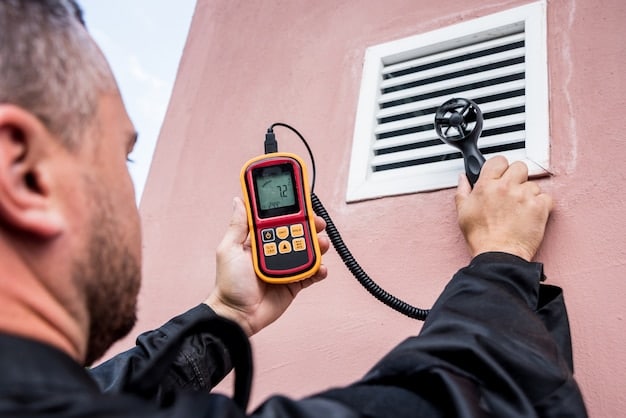
Fixing Insulation Gaps: Practical Solutions
Once you’ve identified insulation gaps, it’s time to take action. Simple fixes like sealing air leaks around windows and doors can make a big difference. For more significant issues, you may need to add or replace insulation in attics and walls.
Addressing insulation gaps properly can lead to significant improvements in your home’s energy performance and comfort. Let’s explore some practical solutions you can implement.
DIY Sealing and Insulation
Here are some steps you can take yourself:
- Caulking: Seal gaps around windows, doors, and pipes with caulk.
- Weatherstripping: Apply weatherstripping to doors and windows to create a tight seal.
- Expanding Foam: Use expanding foam to fill larger gaps and cracks.
For larger projects like adding insulation to an attic or crawl space, consider hiring a professional to ensure the job is done correctly. Poorly installed insulation can be ineffective and even cause moisture problems.
Correcting insulation gaps can provide quick wins in energy savings. Addressing insulation gaps properly is essential for maximizing energy efficiency.
Choosing the Right Insulation Material
Selecting the appropriate insulation material is crucial for maximizing energy efficiency. Different materials have different thermal properties, R-values, and applications.
Understanding these factors will help you make an informed decision and ensure your home is adequately insulated.
Factors to Consider
When choosing insulation material, consider the following:
- R-Value: The higher the R-value, the better the insulation. Choose a material with an R-value appropriate for your climate zone.
- Material Type: Fiberglass, cellulose, spray foam, and mineral wool each have their own advantages and disadvantages.
- Installation Method: Consider whether you can install the insulation yourself or if you need professional help.
Proper insulation can significantly reduce your energy bills. Selecting the right material ensures optimal performance and long-term savings.
Maintaining Your Insulation Over Time
Proper insulation is not a one-time fix; it requires ongoing maintenance to ensure it continues to perform effectively. Over time, insulation can settle, compress, or become damaged, reducing its R-value and leading to energy loss. Regular inspections and timely repairs are essential for preserving the integrity of your insulation system.
Maintaining your insulation is a crucial step towards maximizing energy savings. Let’s discuss what it takes to maintain insulation.
Best Practices for Long-Term Insulation
- Regular Inspections: Check for signs of damage, such as moisture, mold, or pests.
- Ventilation: Proper ventilation helps prevent moisture buildup, which can degrade insulation.
- Pest Control: Address any pest infestations promptly, as they can damage insulation.
By incorporating these practices into your home maintenance routine, you can extend the lifespan of your insulation and continuously reap its benefits. Keeping your home protected is important.
| Key Point | Brief Description |
|---|---|
| 🔎 Identify Gaps | Inspect attics, basements, and walls for missing or damaged insulation. |
| 🛠️ Seal Air Leaks | Use caulk and weatherstripping around windows and doors. |
| 💰 Energy Audit | Consider a professional audit for a comprehensive assessment. |
| ✅ Proper Maintenance | Regularly check and maintain your insulation to ensure optimal performance. |
Frequently Asked Questions
▼
Check for drafts, high energy bills, and inconsistent temperatures. Visual inspections can reveal missing or damaged insulation.
▼
Cellulose and fiberglass are popular choices for attics due to their cost-effectiveness and ease of installation. Spray foam offers superior air sealing.
▼
Simple tasks like sealing air leaks can be DIY, but larger projects such as attic insulation are best left to professionals for proper installation.
▼
It’s a good practice to inspect your insulation at least once a year, preferably before the heating season begins.
▼
Proper insulation reduces energy consumption, lowers utility bills, enhances comfort, and improves indoor air quality by preventing moisture buildup.
Conclusion
By taking proactive steps to evaluate and improve your home’s insulation, you can significantly reduce your energy costs and enhance your comfort, guaranteeing that Is Your Insulation Costing You Money? How to Identify and Fix Insulation Gaps Before Winter makes your home a more energy-efficient and comfortable living space.
